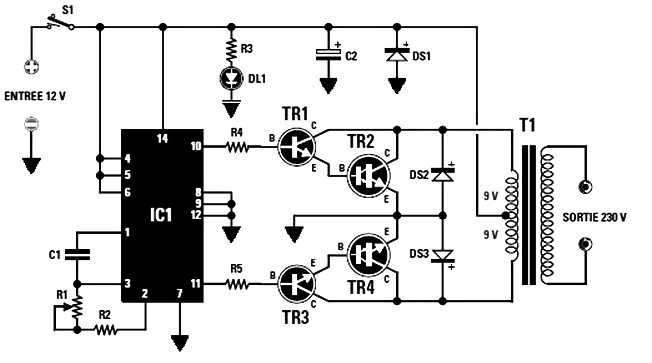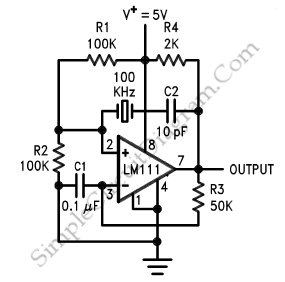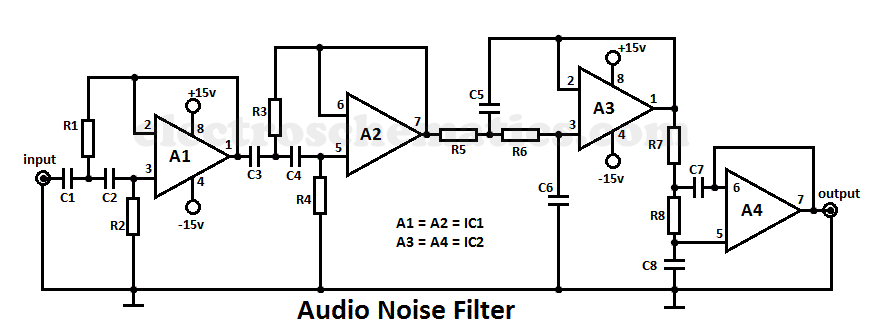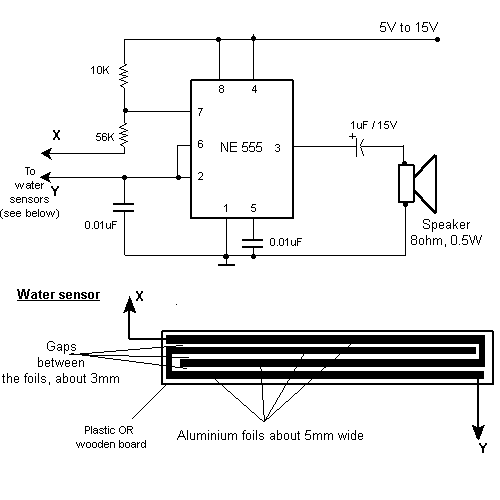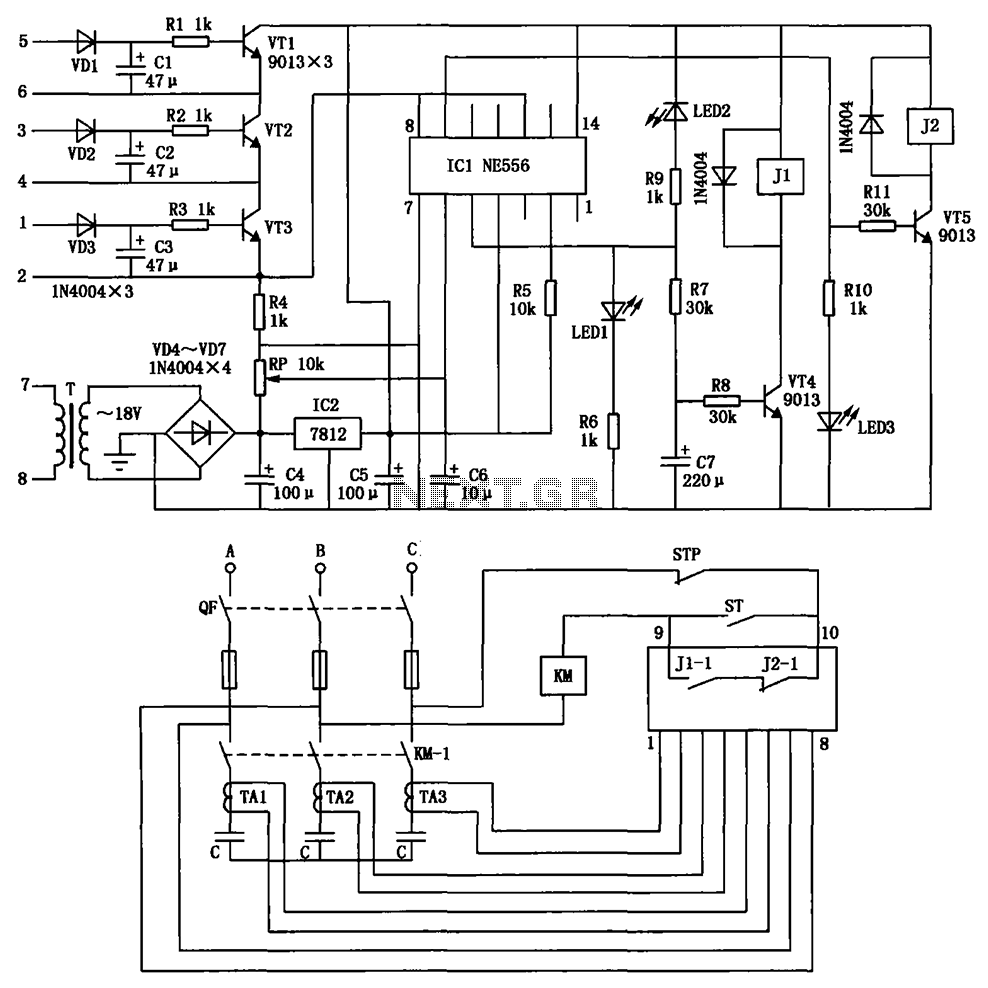
5v to isolated 5v converter circuit
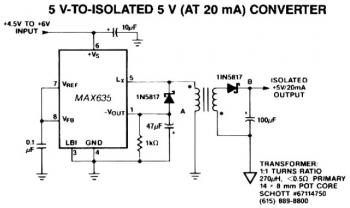
A negative output voltage DC to DC converter generates a -5V output at pin A. To achieve -5V at point A, the primary of the transformer must fly back to a diode drop more negative than -5V. If the transformer has a tightly coupled 1:1 turns ratio, there will be 5V plus a diode drop across the secondary. The IN5817 diode rectifies this secondary voltage to generate an isolated 5V output. The isolated output is not fully regulated since only the -5V at point A is sensed by the MAX635. A power supply is a device that supplies electrical energy to one or more electric loads. The term "power supply" is most commonly applied to devices that convert one form of electrical energy to another, but it may also refer to devices that convert another form of energy (e.g., mechanical, chemical, solar) to electrical energy. A power supply may be implemented as a discrete, stand-alone device or as an integral device that is hardwired to its load. In the latter case, low voltage DC power supplies are often integrated with their loads in devices such as computers and household electronics.
The described circuit operates as a negative output voltage DC to DC converter, specifically designed to output -5V at pin A. The operational principle relies on a transformer with a 1:1 turns ratio, which ensures that the voltage across the secondary side is sufficient to meet the requirements of the output voltage and the diode drop. The IN5817 Schottky diode is used for rectification due to its low forward voltage drop, which minimizes power loss and improves efficiency.
When the primary winding of the transformer is energized, it induces a voltage in the secondary winding. To maintain the negative output voltage, the primary must reach a potential that is sufficiently negative, accounting for the forward voltage drop of the diode. The circuit configuration allows for the secondary voltage to be effectively isolated, while the output voltage at point A is monitored by the MAX635 voltage reference. This component is responsible for providing a stable reference voltage, although it only senses the -5V output, which means the overall output may not be fully regulated under varying load conditions.
Power supplies are essential components in electronic circuits, converting various forms of energy into usable electrical energy for different applications. They can be designed as standalone units or integrated within devices. For instance, in consumer electronics, low voltage DC power supplies are often embedded within the devices to ensure efficient operation and compact design. Understanding the principles of power supply design, including AC to DC conversion, diode operation, and the use of bridge rectifiers, is crucial for developing reliable electronic systems.A negative output voltage dc to dc converter generates a -5V output at pin A. In order to generate -5V at point A. the primary of the transformer must fly back to a diode drop more negative than -5V. If the transformer has a tightly coupled I : 1 turns ratio. there will be a 5 V plus a diode drop across the secondary. The IN5817 rectifies this secondary voltage to generate an isolated 5V output. The isolated output is not fully regulated since only the -5V at point A is sensed by the MAX635. A power supply is a device that supplies electrical energy to one or more electric loads. The term of "power supply" is most commonly applied to devices that convert one form of electrical energy to another, though it may also refer to devices that convert another form of energy (e. g. , mechanical, chemical, solar) to electrical energy. A power supply may be implemented as a discrete, stand-alone device or as an integral device that is hardwired to its load.
In the latter case, for example, low voltage DC power supplies are commonly integrated with their loads in devices such as computers and household electronics. More explanation about power supply can be found at wikipedia. org This is the tutorial about "How to build an AC to DC power supply ". The video tutorial covers the basics of diodes, bridge rectifiers, and how to build simple unregulated AC to DC power supplies than can handle a few mA up to several Amps.
🔗 External reference
The described circuit operates as a negative output voltage DC to DC converter, specifically designed to output -5V at pin A. The operational principle relies on a transformer with a 1:1 turns ratio, which ensures that the voltage across the secondary side is sufficient to meet the requirements of the output voltage and the diode drop. The IN5817 Schottky diode is used for rectification due to its low forward voltage drop, which minimizes power loss and improves efficiency.
When the primary winding of the transformer is energized, it induces a voltage in the secondary winding. To maintain the negative output voltage, the primary must reach a potential that is sufficiently negative, accounting for the forward voltage drop of the diode. The circuit configuration allows for the secondary voltage to be effectively isolated, while the output voltage at point A is monitored by the MAX635 voltage reference. This component is responsible for providing a stable reference voltage, although it only senses the -5V output, which means the overall output may not be fully regulated under varying load conditions.
Power supplies are essential components in electronic circuits, converting various forms of energy into usable electrical energy for different applications. They can be designed as standalone units or integrated within devices. For instance, in consumer electronics, low voltage DC power supplies are often embedded within the devices to ensure efficient operation and compact design. Understanding the principles of power supply design, including AC to DC conversion, diode operation, and the use of bridge rectifiers, is crucial for developing reliable electronic systems.A negative output voltage dc to dc converter generates a -5V output at pin A. In order to generate -5V at point A. the primary of the transformer must fly back to a diode drop more negative than -5V. If the transformer has a tightly coupled I : 1 turns ratio. there will be a 5 V plus a diode drop across the secondary. The IN5817 rectifies this secondary voltage to generate an isolated 5V output. The isolated output is not fully regulated since only the -5V at point A is sensed by the MAX635. A power supply is a device that supplies electrical energy to one or more electric loads. The term of "power supply" is most commonly applied to devices that convert one form of electrical energy to another, though it may also refer to devices that convert another form of energy (e. g. , mechanical, chemical, solar) to electrical energy. A power supply may be implemented as a discrete, stand-alone device or as an integral device that is hardwired to its load.
In the latter case, for example, low voltage DC power supplies are commonly integrated with their loads in devices such as computers and household electronics. More explanation about power supply can be found at wikipedia. org This is the tutorial about "How to build an AC to DC power supply ". The video tutorial covers the basics of diodes, bridge rectifiers, and how to build simple unregulated AC to DC power supplies than can handle a few mA up to several Amps.
🔗 External reference
